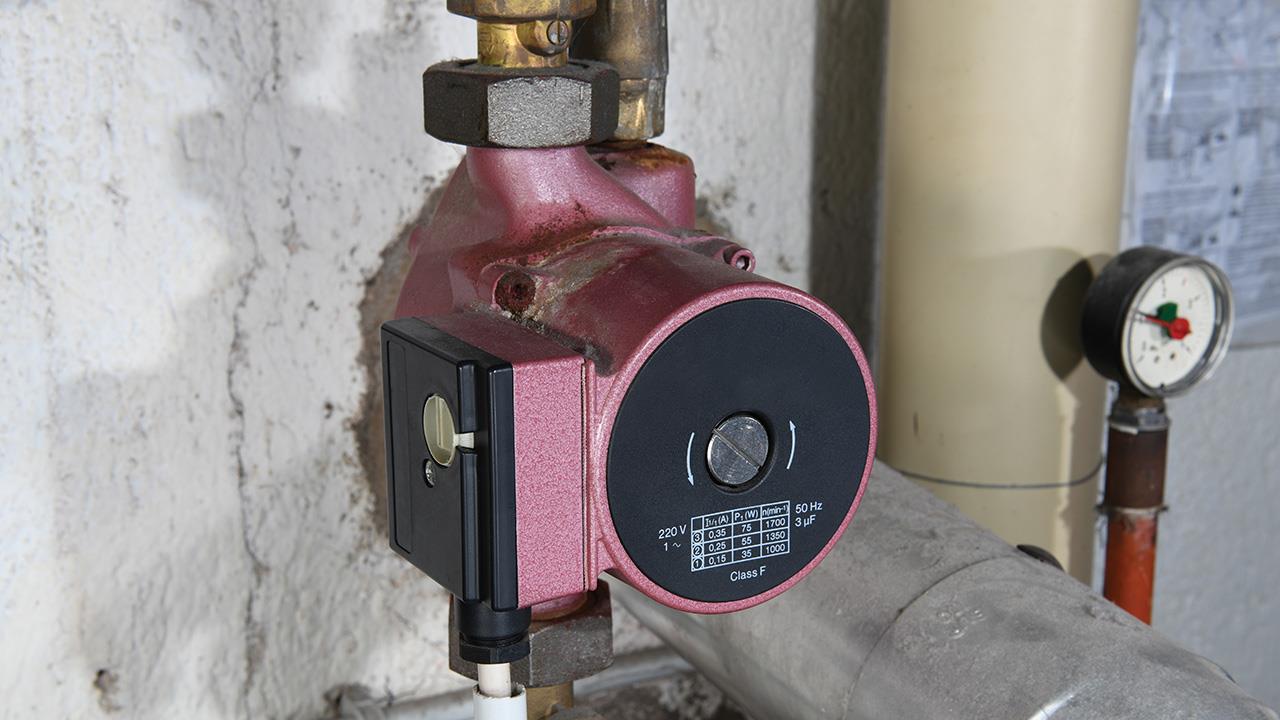

As we strive towards a more sustainable future, reducing energy consumption and carbon emissions has become a top priority. It is crucial that we all play our part in ensuring that the products we use meet the necessary legal requirements.
By doing so, we can help to drive energy efficiency and sustainability and make a positive impact on the environment.
In 2013, the Energy Related Products (ErP) directive, aimed at achieving these goals, came into force for circulator pumps sold in the European Union.
The UK, which was still a member then, adopted these regulations as well, with the ultimate goal of reducing greenhouse gas emissions by up to eight million tonnes of CO2.
To provide context for the journey so far, here is a timeline of legislation relating to the ErP:
Unfortunately, in 2022 there was a rise in the number of illegal pumps not meeting the standards of the UK market. This has continued to increase during 2023. In fact, around 10% of the one million central heating pumps imported into the country are failing to meet compliance standards.
Homeowners rely on the expertise of their installers and professionals, therefore it is crucial that the products they use are not only reliable and efficient but also legally compliant.
One of the main issues with non-compliant circulators is that they use outdated AC motors that are cheaper than the more advanced permanent magnet motors. The latter type of motors come equipped with microchips, allowing the pump to adjust speed and reduce energy consumption.
Given the inefficiency of these illegal circulators, energy bills of unsuspecting homeowners are ultimately being driven up by as much as £110 a year, while also making the UK’s aim to reach net-zero far more difficult.
It is important to note that some of these non-compliant pumps may have what looks like a CE marking on them. However, in most cases, this simply stands for ‘Chinese export’ and is not an indication that they meet ErP requirements.
HOW TO INDENTIFY A NON-COMPLIANT PUMP
Does the pump have an Energy Efficiency index (EEI) less than or equal to 0.23?
Since January 2022, all circulator pumps sold into the UK, including spares, must meet the EEI of 0.23 in order to have a CE or UKCA mark.
Does the pump have an official CE marking?
To help identify an official CE logo, it’s worth ascertaining the following:
Does the pump exceed 85 Watts?
If a six metre pump exceeds 85W in power usage then the pump is likely to be non-compliant.
If you'd like to keep up-to-date with the latest developments in the heating and plumbing industry, why not subscribe to our weekly newsletters? Just click the button below and you can ensure all the latest industry news and new product information lands in your inbox every week.